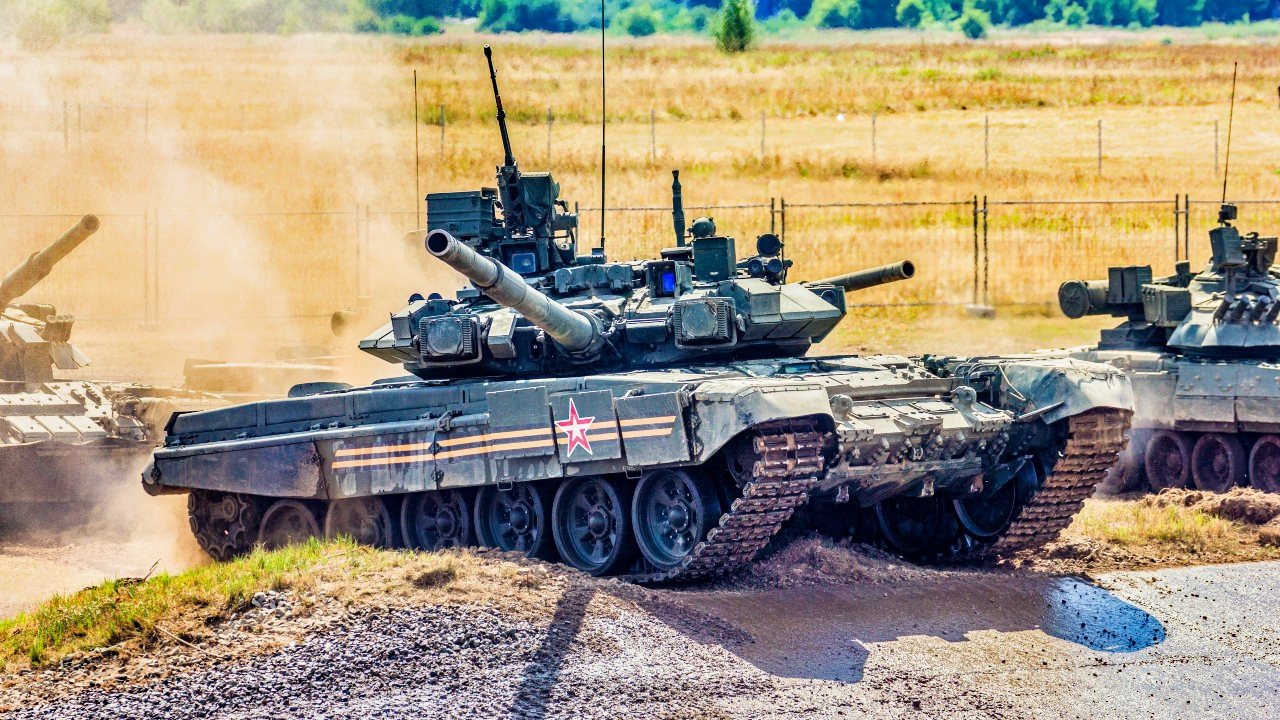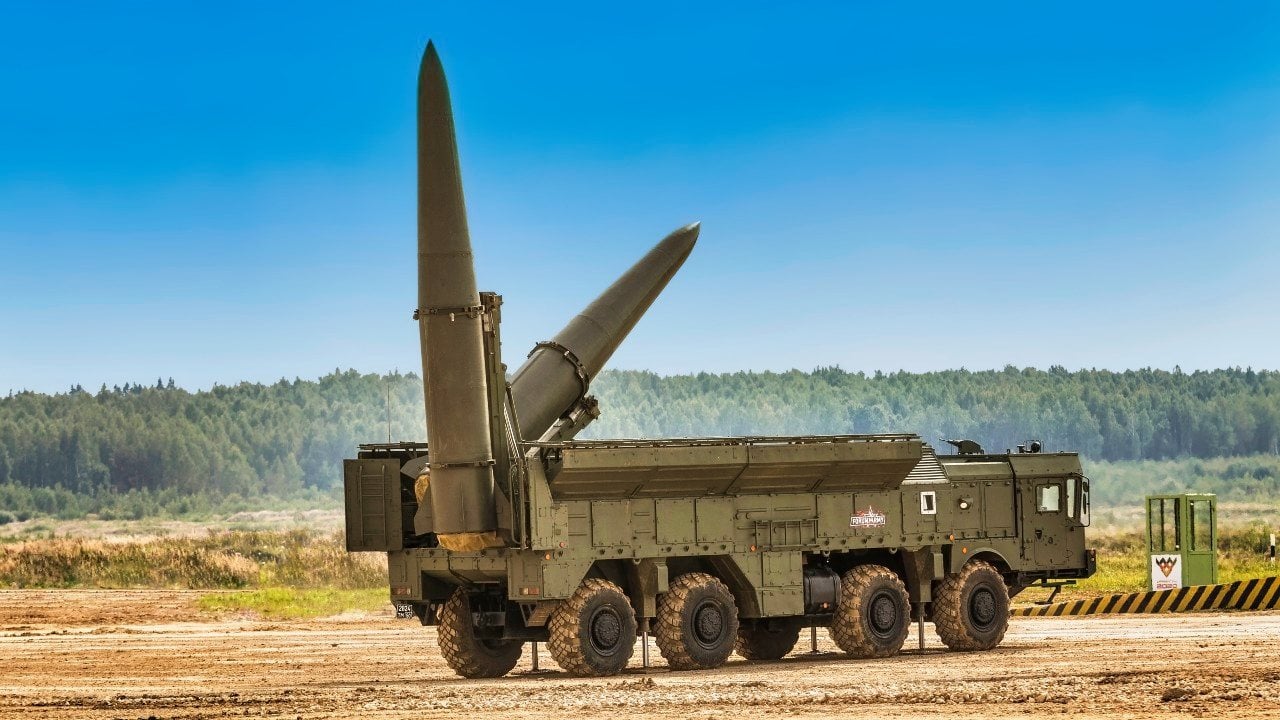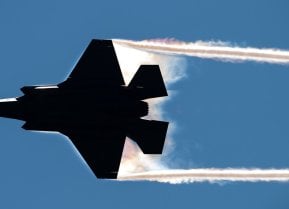Putin the Brutal: Russia's Missile Swarms are Creating Chaos in Ukraine
Yesterday, a rain of Russian missiles targeted several Ukrainian cities, striking a children's hospital in Kyiv and killing and wounding numerous children, families, and doctors. The attack has sparked global outrage, highlighting Russia's ongoing war crimes.
Summary and Key Points: Yesterday, a rain of Russian missiles targeted several Ukrainian cities, striking a children's hospital in Kyiv and killing and wounding numerous children, families, and doctors. The attack has sparked global outrage, highlighting Russia's ongoing war crimes.

-Despite significant aid from the U.S. and NATO in air defense systems, intercepting all incoming Russian munitions remains challenging. This latest assault involved 44 long-range munitions in two waves, with 12 missiles breaching Ukrainian defenses.
-Russia's evolving tactics, including low-altitude flights and drone reconnaissance, further complicate Ukraine's defense efforts, signaling many months of brutal fighting ahead.
Russian Missile Tactics Evolve: Brutal Attack on Ukrainian Hospital
Yesterday, a rain of Russian missiles targeted several Ukrainian cities in the morning hours. In Kyiv, Russian munitions struck a children’s hospital, killing and wounding several children, families, and doctors.
Not new to war crimes, the Russian military continues to show that the war in Ukraine has many months of brutal fighting before it is over.
A Rain of Missiles Against Ukraine
On Monday morning, the patients, their families, and medical personnel of Okhmatdyt Children’s Hospital in Kyiv came face to face with Russian President Vladimir Putin’s brutality as cruise and ballistic missiles rained on the hospital.
“Russian officials and information space actors are attempting to deflect responsibility for the Okhmatdyt Children’s Hospital strike by making false claims about the missiles involved and the state of the hospital—all contrary to available evidence,” the Institute for the Study of War assessed in its latest operational update.
Although the attack on the children’s hospital has triggered a global outcry, missile and drone attacks on civilian targets are common targets for the Russian military. Indeed, according to the World Health Organization, since the start of Moscow’s full-scale invasion of Ukraine, the Russian military has conducted 1621 attacks on Ukrainian healthcare facilities.
Every winter, the Russian military rains missiles and suicide drones on the Ukrainian power grid and critical infrastructure in an attempt to suffocate the Ukrainian population. The United States and NATO have transferred important anti-aircraft weapons and sensors to Kyiv, but the challenge of intercepting incoming Russian munitions remains difficult.
Russian Missile Tactics
The attack included a total of 44 long range munitions of several different types. Specifically, the Ukrainian Air Force said that the Russian missile attack came in two waves. The first wave included four Kh-101 cruise missiles and two Iskander-M ballistic missiles launched from different positions. The second wave included 14 Kalibr cruise missiles, 13 Kh-101 cruise missiles, 4 Iskander-M ballistic missiles, 3 Kh-59/69 guided air missiles, 2 Kh-22 cruise missiles, 1 3M22 Zircon cruise missile, and 1 Kh-47 Kinzhal cruise missile (Russia claims it has hypersonic capabilities).
Using a combination of Western air defense systems, including MIM-104 Patriot, IRIS-T, and NASAMS, the Ukrainian Air Force was able to intercept 32 of the incoming munitions, with 12 missiles passing thru the air defense umbrella and wreaking havoc on Ukrainian cities and critical infrastructure. Usually, the Ukrainian Air Force has a very good interception rate. However, it now seems that the Russian military has adjusted to the operational realities and is using new tactics.
“The July 8 Russian missile strikes likely employed a new and noteworthy tactic to maximize the damage from such strike series,” the Institute for the Study of War added.

Russian operators program missiles and drones to fly at extremely low altitudes, sometimes lower than 50 feet. This tactic is designed to evade Ukrainian air defenses. Moreover, the Russian military is using drones for reconnaissance purposes to find better routes for the missiles.
About the Author
Stavros Atlamazoglou is a seasoned defense journalist specializing in special operations and a Hellenic Army veteran (national service with the 575th Marine Battalion and Army HQ). He holds a BA from the Johns Hopkins University and an MA from the Johns Hopkins’ School of Advanced International Studies (SAIS). His work has been featured in Business Insider, Sandboxx, and SOFREP.
All images are Creative Commons and or Shutterstock.


